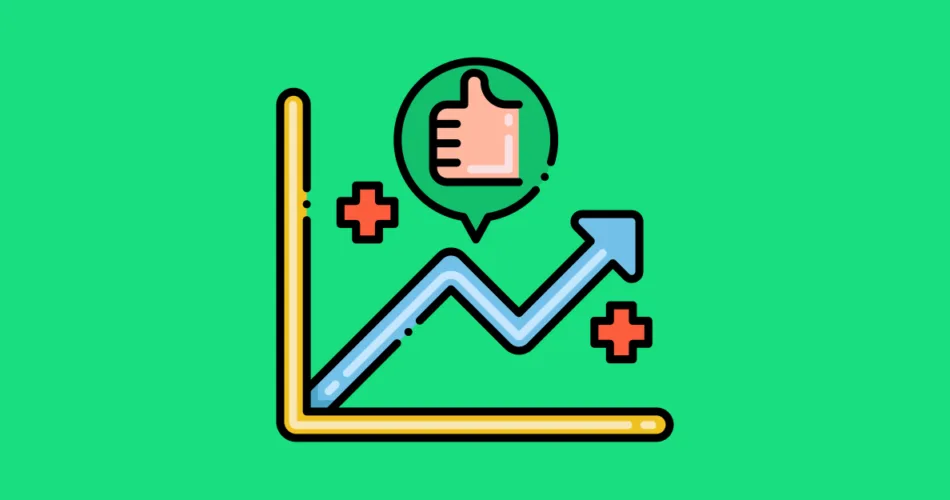Continuous improvement is at the core of software development. One of the key aspects of achieving continuous improvement is leveraging monitoring and logging to gain insights into your applications and systems. In this blog post, we’ll explore how monitoring and logging data can be used for ongoing improvement, from enhancing application performance to making data-driven decisions.
Using Monitoring Data for Improving Applications
Monitoring data provides valuable insights into the behavior of your applications and infrastructure. Here’s how you can utilize this data to improve your applications:
- Performance Optimization: Analyze performance metrics such as response times, resource utilization, and error rates. Identify performance bottlenecks and optimize critical code paths to enhance user experience.
- Capacity Planning: Use historical monitoring data to predict resource requirements. Ensure that your infrastructure can handle future growth by scaling resources appropriately.
- Reliability and Availability: Detect and respond to anomalies and incidents promptly. Implement proactive measures to ensure high availability and reliability, reducing downtime and service interruptions.
Incorporating Feedback into Development
Monitoring and logging data can serve as a valuable source of feedback for development teams. Here’s how to incorporate this feedback into your development process:
- Iterative Development: Adopt an iterative approach to software development. Regularly review monitoring data and user feedback to prioritize and implement improvements in subsequent development cycles.
- Bug and Issue Tracking: Use monitoring data to identify and track bugs and issues. Logging detailed error information can expedite the debugging process.
- Data-Driven Decisions: Base decisions on data-backed insights. Use monitoring data to make informed choices regarding feature development, optimizations, and resource allocation.
Furthermore, establishing a culture of continuous improvement within your development team is essential. Encourage collaboration and open communication among team members, operations, and stakeholders to facilitate the feedback loop.
In conclusion, monitoring and logging data are invaluable tools for achieving continuous improvement in your software applications. By leveraging this data, you can optimize performance, enhance reliability, and make data-driven decisions to deliver better user experiences and more robust applications.
Subscribe to our email newsletter to get the latest posts delivered right to your email.


Comments